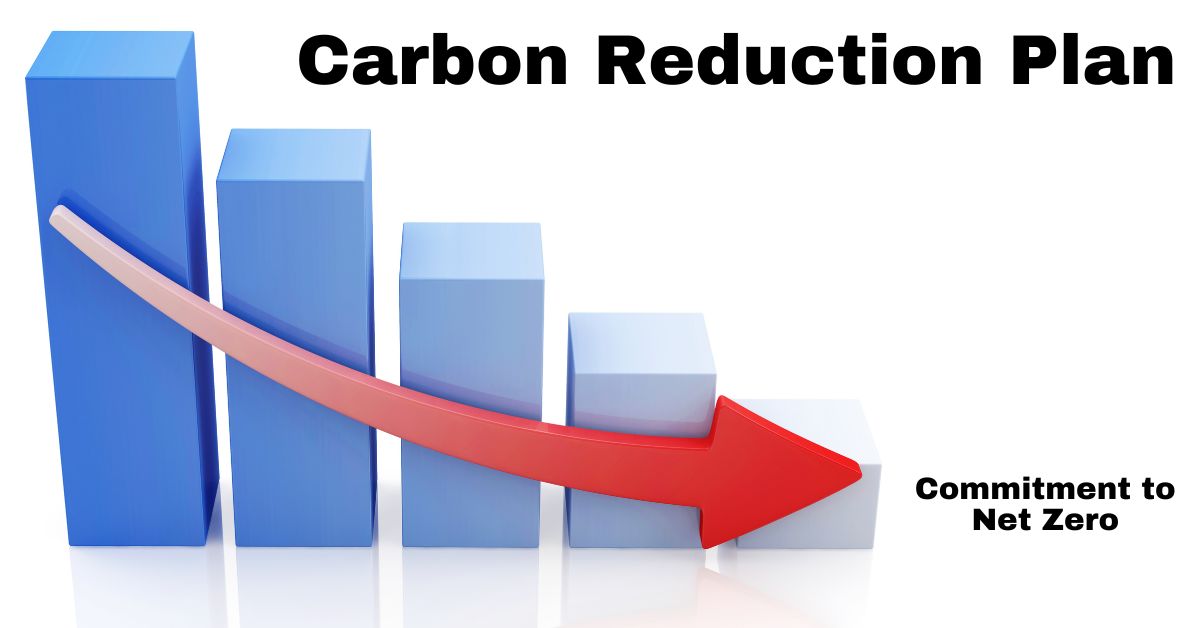Medi 4 Ambulance Services Carbon Reduction Plan
The following strategy timeline specifically addresses the unique operational challenges and opportunities in the emergency medical services.
The aim of this strategy is to meet the company goal of becoming carbon neutral by 2048. The document below identifies the steps required to meet this goal.
-
Assessment and Baseline Establishment (Target date for completion 31st October 2025)
- Carbon Footprint Assessment: Evaluate current emissions from vehicles, facilities, and operations.
- Identify Key Emission Sources: Focus on vehicle fuel consumption, energy use in stations, and waste management.
- Engage Stakeholders: Involve ambulance staff, dispatchers, management, and community representatives for input and support.
-
Goal Setting (Reduction % based on agreed levels at 31st October 2025)
- Target 1: Reduce Carbon Emissions by 20% by 31st December 2028
- Target 2: Reduce Carbon Emissions by 20% by 31st December 2033
- Target 3: Reduce Carbon Emissions by 20% by 31st December 2038
- Target 4: Reduce Carbon Emissions by 20% by 31st December 2043
- Target 5: Reduce Carbon Emissions by 20% by 31st December 2048
- Align with Best Practices: Research successful initiatives in other ambulance services or healthcare organizations.
- Create an Action Plan: Develop strategies such as transitioning to electric or hybrid vehicles, improving energy efficiency in stations, and reducing waste.
-
Implementation Phase (1-3 Years)
- Pilot Projects: Implement small-scale initiatives like electric vehicle (EV) trials or energy-efficient upgrades in one or two stations.
- Full Rollout of Initiatives: Based on pilot results, expand successful strategies across the service.
- Training and Education: Train staff on sustainable practices, such as eco-driving techniques and energy conservation.
-
Monitoring and Reporting (Ongoing)
- Track Progress Regularly: Establish KPIs to measure vehicle emissions, energy use, and waste reduction.
- Adjust Strategies as Needed: Be flexible and responsive to data insights.
- Annual Reporting: Share progress with stakeholders, including staff, local government, and the community.
-
Review and Revise (3-5 Years)
- Evaluate Success: Assess the effectiveness of initiatives and the impact on emissions.
- Set New Targets: Based on performance and advancements in technology, revise goals for further reductions.
- Re-engage Stakeholders: Gather input for continuous improvement and future strategies.
-
Long-term Vision
- Sustainability Integration: Incorporate sustainability into the overall organizational strategy, including procurement and operational practices.
- Innovate and Evolve: Stay updated on new technologies, such as more efficient ambulances, telemedicine, and renewable energy options for stations.
Additional Considerations
- Community Engagement: Highlight the benefits of sustainability to the community, emphasizing health and environmental impacts.
- Funding Opportunities: Explore grants, incentives, and partnerships for funding sustainable initiatives.
Regulatory Compliance: Stay informed about relevant environmental regulations and standards.


